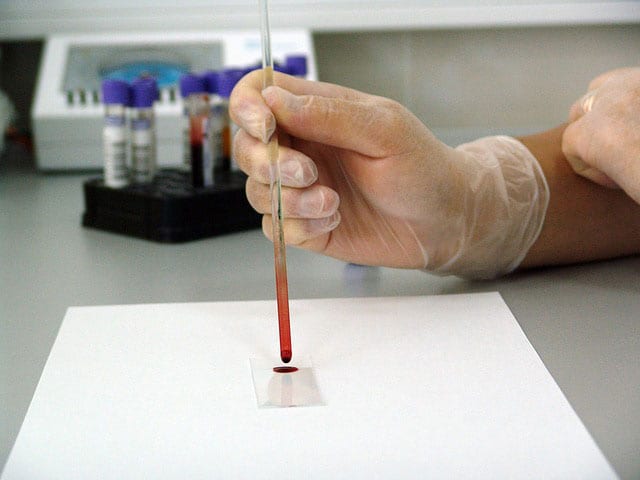Orphan drug designation is granted to drugs or biologics intending to treat, diagnose, or prevent rare diseases or conditions. Within the United States, a rare condition is one affecting under 200,000 individuals. Once a therapy receives Orphan Drug designation, the drug developer also earns a variety of benefits. These include fee waivers, tax credits, increased regulatory assistance, and 7 years market exclusivity upon approval. In a news release from early February 2022, biopharmaceutical company Syros Pharmaceuticals (“Syros”) shared that its therapy tamibarotene earned Orphan Drug designation for the treatment of myelodysplastic syndromes (MDS).
About Tamibarotene
On the Company’s website, Syros explains:
Tamibarotene (formerly SY-1425) is an oral first-in-class selective retinoic acid receptor alpha (RARα) agonist that we are developing for genomically defined subsets of patients whose disease is characterized by the overexpression of the RARA gene.
Outside of MDS, Syros is also exploring tamibarotene as a potential therapeutic option for those with acute myeloid leukemia (AML). This is especially important as MDS progresses to become AML in approximately 50% of all cases. Tamibarotene has previously earned Orphan Drug designation for AML.
Currently, researchers are evaluating tamibarotene in conjunction with azacitidine within the Phase 3 SELECT-MDS-1 clinical trial. Data from the trial should be available in either late 2023 or early 2024. However, findings from a prior Phase 2 clinical study highlighted how this combination therapy showed a durable and sustained response in those with AML. The treatment was relatively safe and well-tolerated. Because of this, researchers are hopeful that tamibarotene could confer benefits for patients with high-risk MDS.
Myelodysplastic Syndromes (MDS)
Myelodysplastic syndromes (MDS) are a group of progressive conditions in which the bone marrow is unable to produce enough healthy red blood cells, white blood cells, and platelets. There are five subtypes of MDS: refractory anemia, refractory anemia with sideroblasts, refractory anemia with excess blasts, refractory anemia with excess blasts in transformation, and chronic myelomonocytic leukemia (CML). In each case, immature cells either die early or fail to mature and leave the bone marrow. Typically, MDS affects older individuals, though it can affect people of all ages. It also impacts males slightly more frequently than females. Symptoms associated with MDS include:
- Anemia (low red blood cell count)
- Thrombocytopenia (low platelet count)
- Neutropenia (low white blood cell count)
- Frequent or recurrent infections
- Fatigue and general malaise
- Heart palpitations
- Pallor (pale skin)
- Easy bruising and bleeding
- Chest pain
- Shortness of breath







